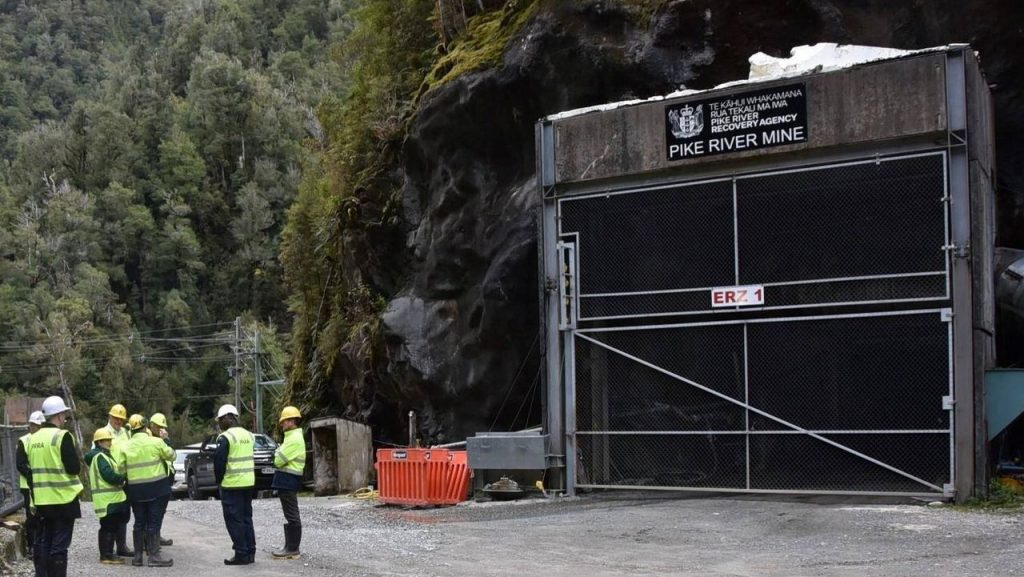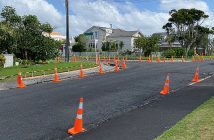There are concerns working people will bear the brunt of WorkSafe’s proposal for a deep and wide restructuring, taking New Zealand back to the days before the Pike River Mine tragedy

A Government-commissioned review has found that while WorkSafe is performing its core regulatory functions, work is needed to achieve a sustainable funding model and clarity about the outcomes WorkSafe is delivering to New Zealanders.
WorkSafe agreed to the recommendations in the review and is proposing to disestablish a number of roles and create new ones. While the proposal is subject to change, the number of WorkSafe staff may reduce by 100-120.
WorkSafe says there is no proposed impact to frontline inspectors and investigators and the intention is to still grow these numbers.
The New Zealand Council of Trade Unions (NZCTU) is gravely concerned about the proposal, President Richard Wagstaff says.
“Reducing WorkSafe’s capacity and capability is the wrong thing to be undertaking when New Zealand’s poor health and safety record is costing so many lives of working people.”
Between June 2022 and June 2023, 71 New Zealanders died from a result of an injury at work, he says. In addition, estimates suggest that another 750-900 workers die each year from work-related occupational diseases such as asbestosis and cancers.
“More funding is needed right now to ensure WorkSafe’s valuable mahi can continue to help ensure working New Zealanders can return home safe and healthy from work.”
While the NZCTU agrees with the intention to prioritise maintaining the existing frontline inspectorate numbers, this needs to be understood within the context of an already understaffed resource, and now the frontline inspectorate will operate with even less organisational support.
In addition, WorkSafe have an array of core legislative functions which are beyond simply ensuring compliance with minimum standards, such as establishing codes of practice and best practice guidance on how work safely, data analysis and providing research and education, Wagstaff points out.
Following the Pike River Mine tragedy, the Independent Taskforce on Workplace Health and Safety called for a regulator that had both the mandate and resources to be a visible and effective best practice regulator.
“Reducing WorkSafe’s capacity now risks going back to how things were in the lead up to Pike,” he says.
“These proposed cuts will only make it much harder for New Zealand to make real progress in turning around its poor health and safety record.
“What is really worrying is that National and Act are threatening to make even more cuts at WorkSafe and across the public service.
“When cuts are made to public services, there are real consequences as this exercise at WorkSafe shows. The scale of cuts demanded by National and ACT would have a huge impact on public services New Zealanders rely on – there is no doubt that hospitals, schools, and many other services are at risk.
“You just can’t cut public services and expect better results – WorkSafe’s proposals for restructuring are a clear warning of the consequences of that,” Wagstaff says.







